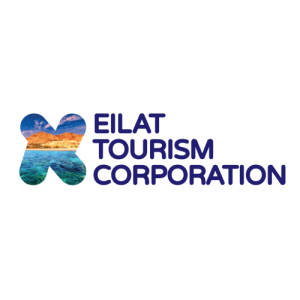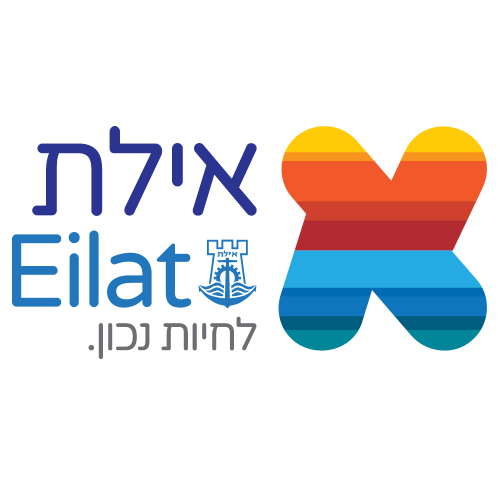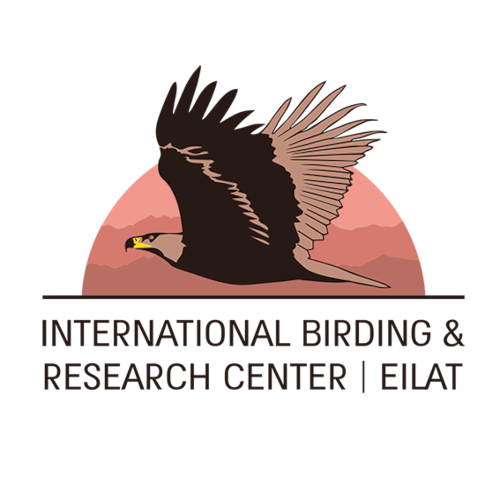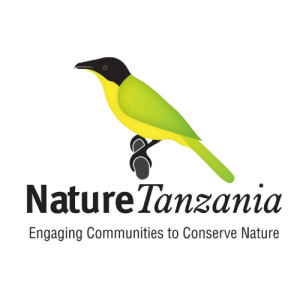Project objectives
The Project will involve a suite of actions linked together to achieve the project objectives of reducing and tackling the illegal killing and poaching of Red-breasted Geese in Kazakhstan during spring and autumn migration.
We shall gather data on illegal killing cases and investigate threats and survival during spring and autumn migration of the species building on the experience gained in using satellite telemetry to allow the planning of comprehensive monitoring and conservation measures based on evidence.
We shall focus on reducing direct killing and disturbance of Red-breasted Goose at roosts sites by introducing intensive patrol schemes, techniques involving ACBK experts and different units of law enforcement agencies. The result of the field activities that include monitoring visits to key sites during migration and extensive patrolling at active hunting sites.
The mixed patrol schemes will aim to improve the enforcement and control on the implementation of the conservation and hunting regulations. The ACBK has already good established relations with the state control agency and some of the wardens at the hunting estates. This would ensure smoother implementation of the activities, while ACBK experts will assist to state officials to collect necessary evidence to prosecute violators of conservation restrictions.
During the past 5 years ACBK has been involved in a project tackling and collecting information on hunting pressure and activities and has acquired evidence of sustaining violations of conservation legislation and illegal killing of Red-breasted Geese along with other threatened species as Lesser White-fronted Geese during autumn and hunting period.
Work will involve the following actions:
-
Fitting tags to geese to guide conservation efforts and inform on threats. Satellite tagging has proved to be an effective tool to unveil illegal killing and persecution of the species in its range countries and is valuable tool to lead the teams on the ground on the whereabouts of the birds during migration and indicate when the active field work should start and where to be directed. The ACBK working with BSPB have developed a working catching experience and tagging abilities to ensure success of the work. The tags are being fitted during spring migration and then followed on their return migration in autumn. The work will also benefit other range stage to track and ensure protection of the species as it has been proved in the past five years.
We expect to fit 4-5 tags which will be co-funded by the on-going LIFE project and field costs will be covered partly by that proposal project.
-
The ACBK will launch monitoring effort during autumn migration period, which will involve locating the highest concentrations of the species and organize control via mixed patrolling system involving the state agency on hunting control and individual sites hunting wardens. The patrolling will involve checking active hunting parties at key sites and review of the acquired quarry during the day and inspection for any illegally killed species – i.e. Red-breasted Goose and Lesser White-fronted Goose. ACBK experts will work with the state officials and control wardens to ensure whenever violation is registered the necessary evidence and information will be collected to ensure strict prosecution of the potential cases of illegal killing, which will allow legal process against violators. Previous experience has indicated that lack of appropriate actions and evidence collection is very often leading to failure of the prosecution of poachers killing illegally protected species.
-
Previous experience also showed that qualified developed educational materials are effective tool to use during the monitoring. They can be used as educational tool within the monitoring and meeting with hunters and can be distributed widely trough the region hunting inspection. We plan to develop a practical identification guide with focus on threatened and hunting species of waterfowl. Also, we will produce and install 30 information banners (10 for each of three regions) on the pole with specific and unique information about each lake as key site for migratory birds.





